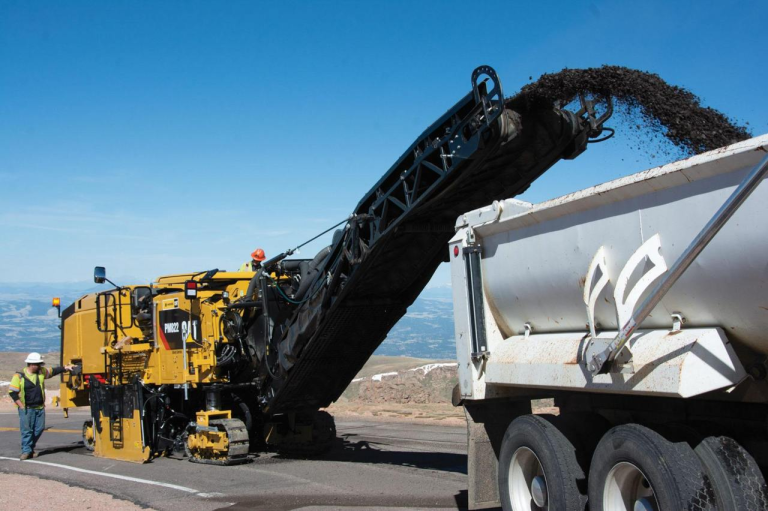A Pilot’s Guide To Maintaining Their Aircraft

There’s nothing more important than keeping an aircraft in top condition. Today’s pilots need to understand that proper maintenance isn’t just about following regulations; it’s about ensuring every flight is as safe and reliable as possible. Let’s explore the essential aspects of aircraft care, from daily checks to long-term preventive strategies that’ll keep your plane running smoothly for years to come.
Also Read: Why Canadians Are Choosing Naturopathic Doctors for Wellness
Regular Inspection Protocols
Here’s something every experienced pilot knows: thorough pre-flight inspections can make all the difference between a smooth flight and a potential incident. It’s startling to note that about 12% of aviation incidents stem from inadequate pre-flight checks. That’s why developing a systematic inspection routine is absolutely crucial. A proper inspection should cover everything from control surfaces to fuel quality, landing gear components, and instrument functionality. Smart pilots keep detailed logbooks of these inspections.
Engine Maintenance and Performance Monitoring
Let’s talk about the heart of your aircraft, the engine. Regular maintenance here isn’t optional; it’s essential. This means staying on top of oil changes, spark plug inspections, and compression checks. Many aviation professionals recommend looking for quality aircraft parts for sale to ensure every component meets strict safety and performance standards.
Avionics and Electrical Systems Care
Modern aircraft rely heavily on complex avionics and electrical systems that require special attention. Regular testing of all navigation and communication equipment isn’t just good practice; it’s essential for flight safety. Industry experts suggest comprehensive avionics testing every 100 flight hours, including thorough checks of all backup systems and emergency equipment.
The numbers tell an interesting story: aircraft with properly maintained electrical systems experience 60% fewer in-flight electrical failures. This impressive statistic highlights the importance of regular inspections of wiring harnesses, proper battery maintenance, and thorough testing of all electrical circuits. Any unusual electrical behavior should be logged and addressed promptly; small issues today can prevent bigger problems tomorrow.
Weather Protection and Storage Considerations
Environmental factors play a huge role in how well your aircraft ages. Proper storage solutions aren’t just nice to have; they’re essential for protecting your investment. Whether it’s a hangar or high-quality aircraft covers, protecting against UV damage, moisture, and environmental hazards makes a real difference. The proof? Aircraft stored in controlled environments typically need 30% less maintenance over their lifetime compared to those regularly exposed to the elements.
Corrosion prevention becomes especially critical in coastal or high-humidity environments. This means regularly applying protective coatings, ensuring proper drainage of control surfaces, and maintaining good ventilation during storage. Expert maintenance facilities strongly recommend checking all surfaces for signs of corrosion or environmental damage every three months.
Documentation and Compliance Requirements
Keeping detailed maintenance records isn’t just about satisfying FAA requirements; it’s about smart aircraft ownership. Comprehensive documentation of all maintenance activities, including routine inspections, repairs, and component replacements, can increase an aircraft’s resale value by up to 25%. That’s significant!
Creating a systematic approach to maintenance documentation doesn’t have to be complicated. Modern digital record-keeping systems make it easier than ever to track service intervals, component life cycles, and upcoming maintenance needs. This information becomes invaluable when you’re sourcing replacement parts or planning maintenance schedules.
Conclusion
Taking care of an aircraft requires dedication, attention to detail, and a proactive mindset. By following these maintenance guidelines and staying vigilant about all aspects of aircraft care, pilots can ensure their aircraft remains safe, reliable, and ready for action whenever needed. Good maintenance practices don’t just enhance safety; they protect your investment and reduce long-term operating costs. With these strategies in place, you can look forward to many years of safe and enjoyable flying.






